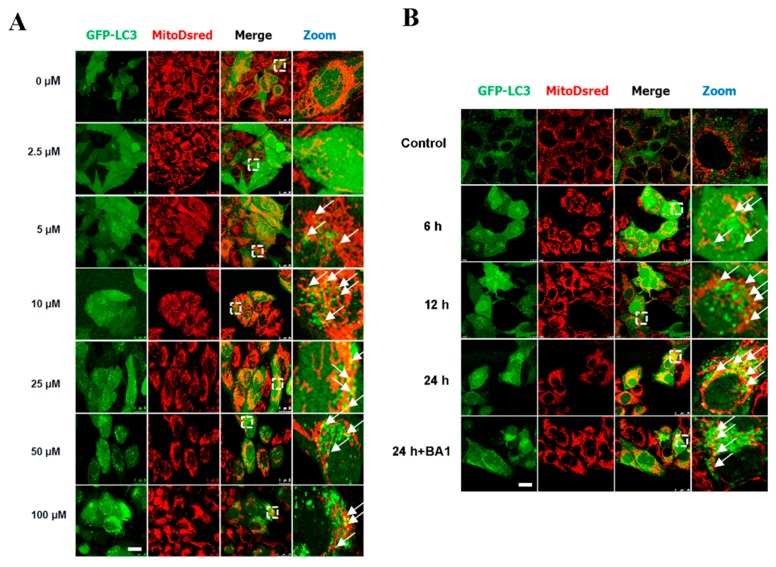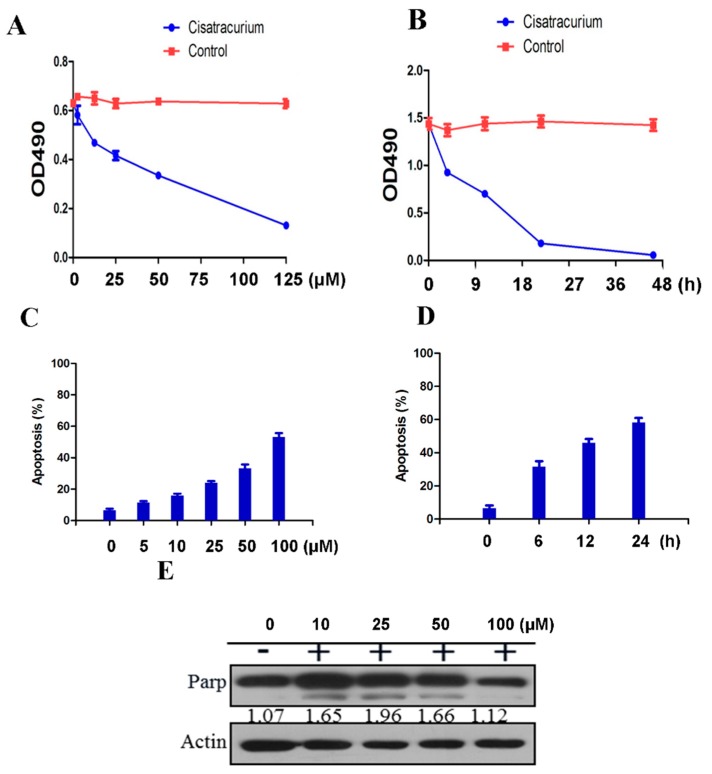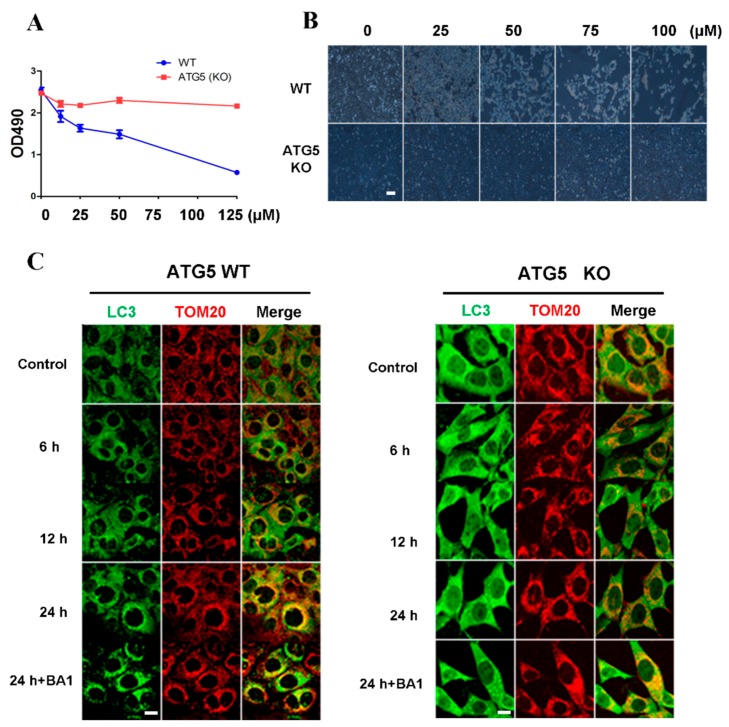
| Size | Price | Stock | Qty |
|---|---|---|---|
| 25mg |
|
||
| 50mg |
|
||
| 100mg |
|
||
| 250mg |
|
||
| 500mg |
|
||
| 1g |
|
||
| Other Sizes |
|
Purity: ≥98%
Cisatracurium Besylate (51W89; Nimbex; 51 W89; 51-W89; Cisatracurium besilat), the Besylate salt of Cisatracurium, is a nondepolarizing neuromuscular blocking agent with anesthetic effects. It blocks the transmission of neuromuscular signals, counteracting the effects of acetylcholine. In order to aid in endotracheal intubation and to relax skeletal muscles during surgery or mechanical ventilation, ciprofructurium is used as an adjuvant in anesthesia. One of the ten isomers of the parent molecule, atracurium, is cisatracurium. Moreover, cisatracurium represents approximately 15% of the atracurium mixture.
| Targets |
Adrenergic Receptor
|
|---|---|
| ln Vitro |
Cisatracurium Besylate (51W89) is a skeletal muscle relaxant that belongs to the class of non-depolarizing neuromuscular-blocking medications. It is used as an adjuvant to anesthesia in order to facilitate endotracheal intubation and to provide skeletal muscle relaxation during mechanical ventilation or surgery. It is an agent with an intermediate duration of action that is bisbenzyltetrahydroisoquinolinium. One of the ten isomers of the parent molecule, atracurium, is cisatracurium besylate (51W89). Furthermore, out of the mixture of atracurium, cisatracurium makes up about 15% [1, 2].
|
| Toxicity/Toxicokinetics |
Effects During Pregnancy and Lactation
◉ Summary of Use during Lactation No information is available on the use of cisatracurium during breastfeeding. Because it is short acting, highly polar and poorly absorbed orally, it is not likely to reach the breastmilk in high concentration or to reach the bloodstream of the infant. When a combination of anesthetic agents is used for a procedure, follow the recommendations for the most problematic medication used during the procedure. Consider using a cisatracurium product that has no benzyl alcohol preservative. ◉ Effects in Breastfed Infants Relevant published information was not found as of the revision date. ◉ Effects on Lactation and Breastmilk Relevant published information was not found as of the revision date. |
| References |
|
| Additional Infomation |
Cisatracurium besylate is the (1R,1'R,2R,2'R)-diastereoisomer of atracurium besylate. Commercial preparations of atracurium are mixtures of 10 stereoisomers, of which cisatracurium generally constitutes about 15%. Cisatracurium besylate is about 3 times more potent than the mixture of atracurium isomers as a neuromuscular blocking agent, and is used as a muscle relaxant for endotracheal intubation, to aid controlled ventilation, and in general anaesthesia. It has a role as a muscle relaxant and a nicotinic antagonist. It is a quaternary ammonium salt, an atracurium besylate and an organosulfonate salt. It contains a cisatracurium.
Cisatracurium Besylate is the besylate salt form of cisatracurium, a non-depolarizing skeletal muscle relaxant of the benzylisoquinolinium class, with skeletal muscle relaxing activity. Cisatracurium besylate acts as a competitive acetylcholine antagonist that binds to nicotinic receptors at the neuromuscular junction. This blocks neuromuscular transmission and causes neuromuscular relaxation. See also: Cisatracurium (has active moiety). |
| Molecular Formula |
C65H82N2O18S2
|
|
|---|---|---|
| Molecular Weight |
1243.48
|
|
| Exact Mass |
1242.5
|
|
| Elemental Analysis |
C, 62.78; H, 6.65; N, 2.25; O, 23.16; S, 5.16
|
|
| CAS # |
96946-42-8
|
|
| Related CAS # |
Cisatracurium; 96946-42-8 (besylate)
|
|
| PubChem CID |
62886
|
|
| Appearance |
White to off-white solid powder
|
|
| Melting Point |
90-93ºC
|
|
| LogP |
11.326
|
|
| Hydrogen Bond Donor Count |
0
|
|
| Hydrogen Bond Acceptor Count |
18
|
|
| Rotatable Bond Count |
26
|
|
| Heavy Atom Count |
87
|
|
| Complexity |
1560
|
|
| Defined Atom Stereocenter Count |
4
|
|
| SMILES |
S(C1C=CC=CC=1)([O-])(=O)=O.C(C1C=CC(OC)=C(OC)C=1)[C@H]1[N@@+](C)(CCC(=O)OCCCCCOC(=O)CC[N@+]2(CCC3C=C(C(=CC=3[C@H]2CC2C=CC(OC)=C(OC)C=2)OC)OC)C)CCC2=CC(=C(C=C12)OC)OC
|
|
| InChi Key |
XXZSQOVSEBAPGS-DONVQRBFSA-L
|
|
| InChi Code |
InChI=1S/C53H72N2O12.2C6H6O3S/c1-54(22-18-38-32-48(62-7)50(64-9)34-40(38)42(54)28-36-14-16-44(58-3)46(30-36)60-5)24-20-52(56)66-26-12-11-13-27-67-53(57)21-25-55(2)23-19-39-33-49(63-8)51(65-10)35-41(39)43(55)29-37-15-17-45(59-4)47(31-37)61-6;2*7-10(8,9)6-4-2-1-3-5-6/h14-17,30-35,42-43H,11-13,18-29H2,1-10H3;2*1-5H,(H,7,8,9)/q+2;;/p-2/t42-,43-,54-,55-;;/m1../s1
|
|
| Chemical Name |
benzenesulfonate;5-[3-[(1R,2R)-1-[(3,4-dimethoxyphenyl)methyl]-6,7-dimethoxy-2-methyl-3,4-dihydro-1H-isoquinolin-2-ium-2-yl]propanoyloxy]pentyl 3-[(1R,2R)-1-[(3,4-dimethoxyphenyl)methyl]-6,7-dimethoxy-2-methyl-3,4-dihydro-1H-isoquinolin-2-ium-2-yl]propanoate
|
|
| Synonyms |
|
|
| HS Tariff Code |
2934.99.9001
|
|
| Storage |
Powder -20°C 3 years 4°C 2 years In solvent -80°C 6 months -20°C 1 month Note: Please store this product in a sealed and protected environment (e.g. under nitrogen), avoid exposure to moisture and light. |
|
| Shipping Condition |
Room temperature (This product is stable at ambient temperature for a few days during ordinary shipping and time spent in Customs)
|
| Solubility (In Vitro) |
|
|||
|---|---|---|---|---|
| Solubility (In Vivo) |
Solubility in Formulation 1: 100 mg/mL (80.42 mM) in PBS (add these co-solvents sequentially from left to right, and one by one), clear solution; with sonication.
(Please use freshly prepared in vivo formulations for optimal results.) |
| Preparing Stock Solutions | 1 mg | 5 mg | 10 mg | |
| 1 mM | 0.8042 mL | 4.0210 mL | 8.0419 mL | |
| 5 mM | 0.1608 mL | 0.8042 mL | 1.6084 mL | |
| 10 mM | 0.0804 mL | 0.4021 mL | 0.8042 mL |
*Note: Please select an appropriate solvent for the preparation of stock solution based on your experiment needs. For most products, DMSO can be used for preparing stock solutions (e.g. 5 mM, 10 mM, or 20 mM concentration); some products with high aqueous solubility may be dissolved in water directly. Solubility information is available at the above Solubility Data section. Once the stock solution is prepared, aliquot it to routine usage volumes and store at -20°C or -80°C. Avoid repeated freeze and thaw cycles.
Calculation results
Working concentration: mg/mL;
Method for preparing DMSO stock solution: mg drug pre-dissolved in μL DMSO (stock solution concentration mg/mL). Please contact us first if the concentration exceeds the DMSO solubility of the batch of drug.
Method for preparing in vivo formulation::Take μL DMSO stock solution, next add μL PEG300, mix and clarify, next addμL Tween 80, mix and clarify, next add μL ddH2O,mix and clarify.
(1) Please be sure that the solution is clear before the addition of next solvent. Dissolution methods like vortex, ultrasound or warming and heat may be used to aid dissolving.
(2) Be sure to add the solvent(s) in order.
| NCT Number | Recruitment | interventions | Conditions | Sponsor/Collaborators | Start Date | Phases |
| NCT05172531 | Not yet recruiting | Drug: Cisatracurium Besylate Drug: saline 0.12ml/kg/hr |
Intra-abdominal Hypertension | Tianjin Nankai Hospital | August 29, 2022 | Not Applicable |
| NCT05760976 | Recruiting | Drug: Cisatracurium | Fasciculation Succinylcholine |
Yangzhou University | February 1, 2023 | Not Applicable |
| NCT05736744 | Not yet recruiting | Drug: Cis-Atracurium Drug: MgSO4 Drug: Rocuronium Bromide |
Muscle Relaxation | Assiut University | March 20, 2023 | Phase 2 Phase 3 |
| NCT05716256 | Not yet recruiting | Drug: Ulinastatin Procedure: TOF monitoring |
Nondepolarising Muscle Relaxants | Huazhong University of Science and Technology |
February 15, 2023 | Not Applicable |
| NCT05310110 | Recruiting | Drug: Cisatracurium Drug: Placebo of cisatracurium Drug: Propofol |
Anesthesia, General | Chang Gung Memorial Hospital | April 12, 2022 | Not Applicable |
 |
|---|
 |
 |